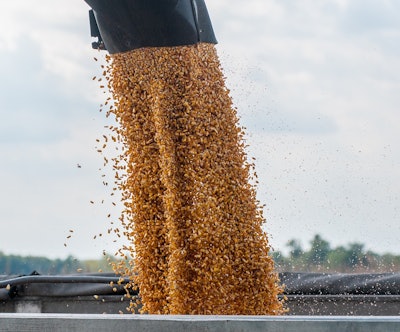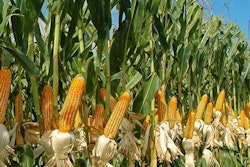
USDA’s June WASDE: Bullish Corn, Bearish Soybeans
The USDA’s June WASDE report saw the biggest May-to-June yield drop on record. The 11 bpa yield reduction for new crop 2019/20 corn, 166 bpa, was combined with a 3 million planted acres cut which helped push the 2019/20 production estimate lower by 1.35 billion bushels to 13.686 billion bushels.
The government lowered 2018/19 old crop corn use by removing 100 MBU from exports and bringing the carryout to 2.195 billion bushels.
New crop corn’s ending stocks number was lowered by 811 MBU to 1.675 MBU and a stocks-to-use ratio of 11.7%.
Old crop soybeans use was reduced on a 75 MBU cut to exports bringing the ending stocks number to 1.070 BBU.
The USDA did not adjust the supply or demand sides of the 2019/20 soybean balance sheet which leaves the ending stocks number a 1.045 BBU.
New crop wheat production was raised as the USDA increased HRW production by 2% from May to 794 MBU and lowered soft wheat production by 2% to 258 MBU.
The government also raised the all-wheat feed and residual number to compensate for lower corn use in 2019/20. The all-wheat carryout was lowered to 1.072 BBU.
What It Means for the U.S. Farmer: At FBN we believe that the corn production numbers were bullish as production and stocks are being reduced. We believe that the yield cut is the first adjustment and that there is a high probability that the government will lower planted acres further in the June 28 USDA Acres report. We also believe that the soybean number was bearish as neither the demand or supply numbers for new crop 2019/20 were adjusted. We think that the government will raise planted acres in their June 28 report. We believe that the wheat numbers were bearish HRW and supportive SRW.
USDA May Allow Trade Aid Payments on Unplanted Acres
Secretary of Agriculture Sonny Perdue said that the U.S. Department of Agriculture is looking into ways to allow farmers who have been unable to plant crops due to rains and waterlogged fields to qualify for farm aid payments.
The government agency is exploring options that would allow farmers that file insurance claims on "prevented planting" policies to remain eligible for a partial payment under its $16 billion aid package. However, farmers will need to plant an eligible cover crop, a practice typically intended to prevent soil erosion.
While the USDA is not legally authorized to make Market Facilitation Program payments to producers for acreage that is not planted, the government is exploring “legal flexibilities” to provide a minimal per acre market facilitation payment.
What It Means for the U.S. Farmer: At FBN we believe that any program designed to provide the U.S. farmer with assistance during these difficult and confusing times is a positive. However, with a myriad farmer aid programs that have been announced over the last 45-60 days we recommend contacting your FBN farm market advisor or local FSA office to help address specific questions.
The risk of trading futures, hedging, and speculating can be substantial. FBN BR LLC (NFA ID: 0508695)









